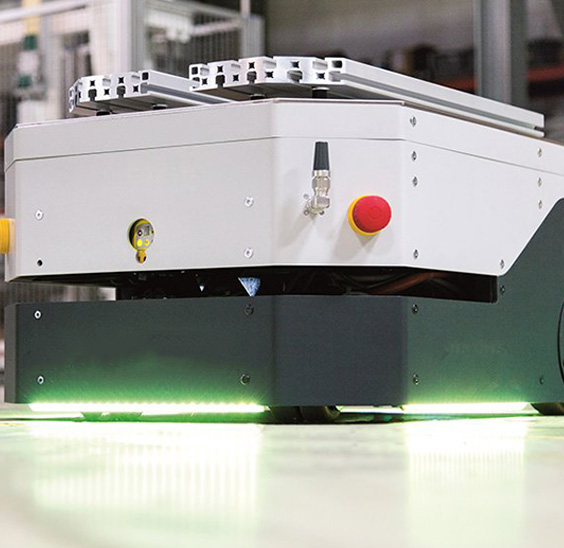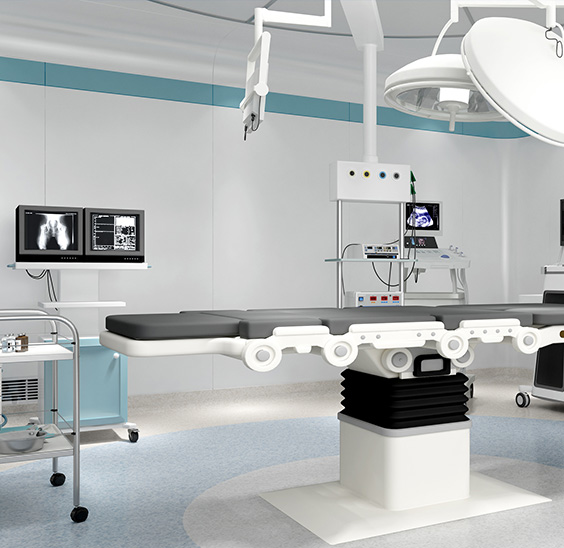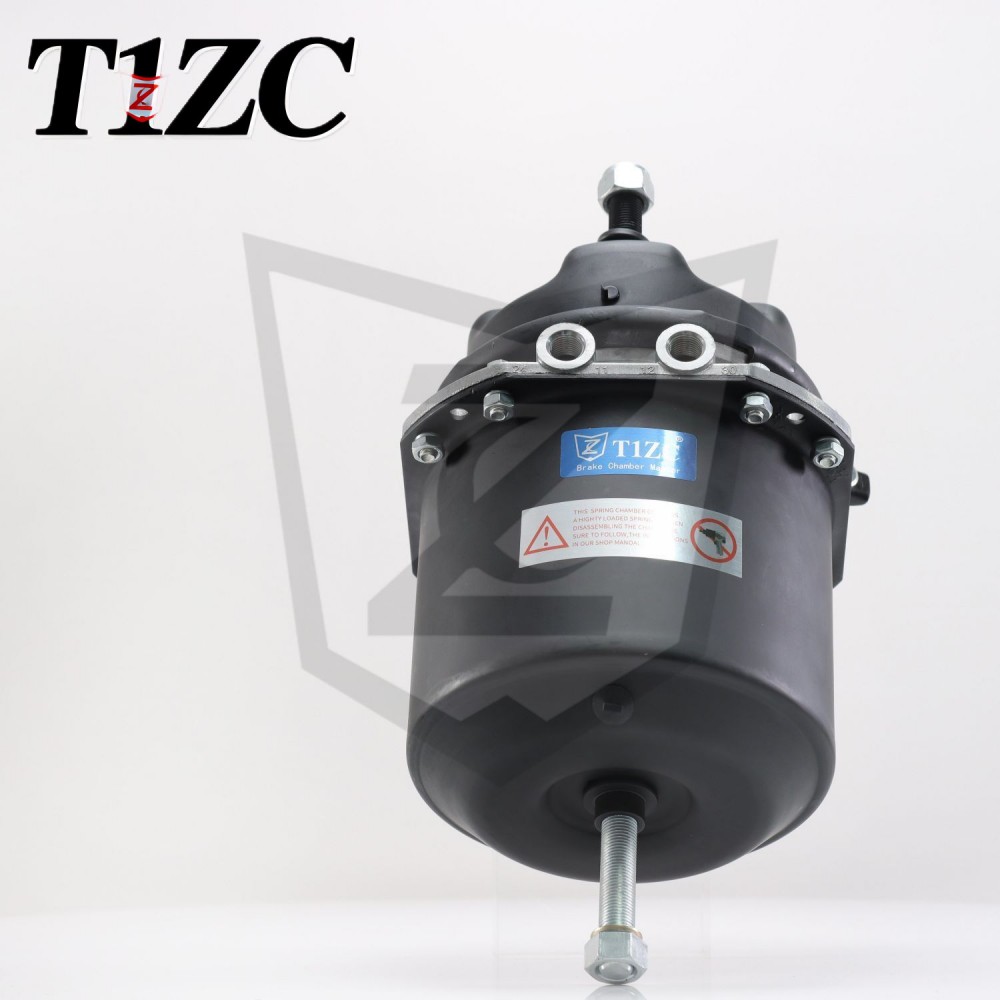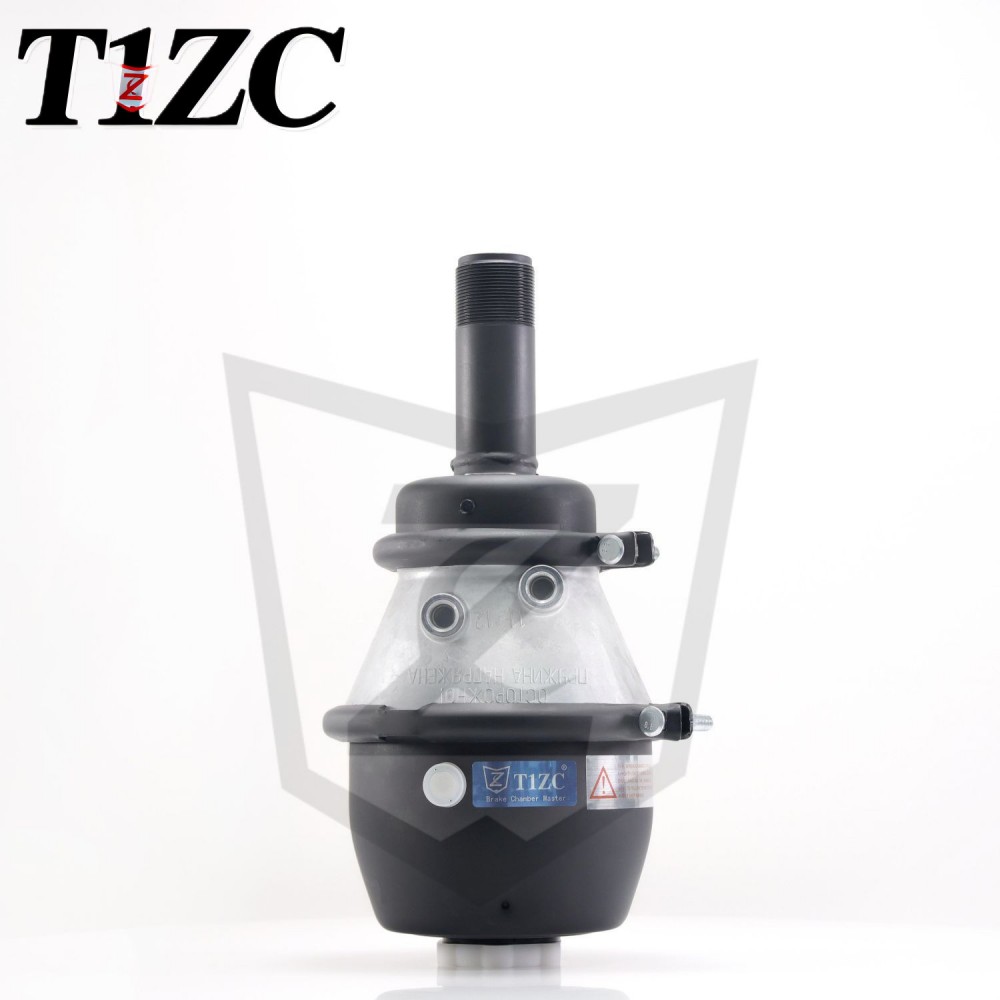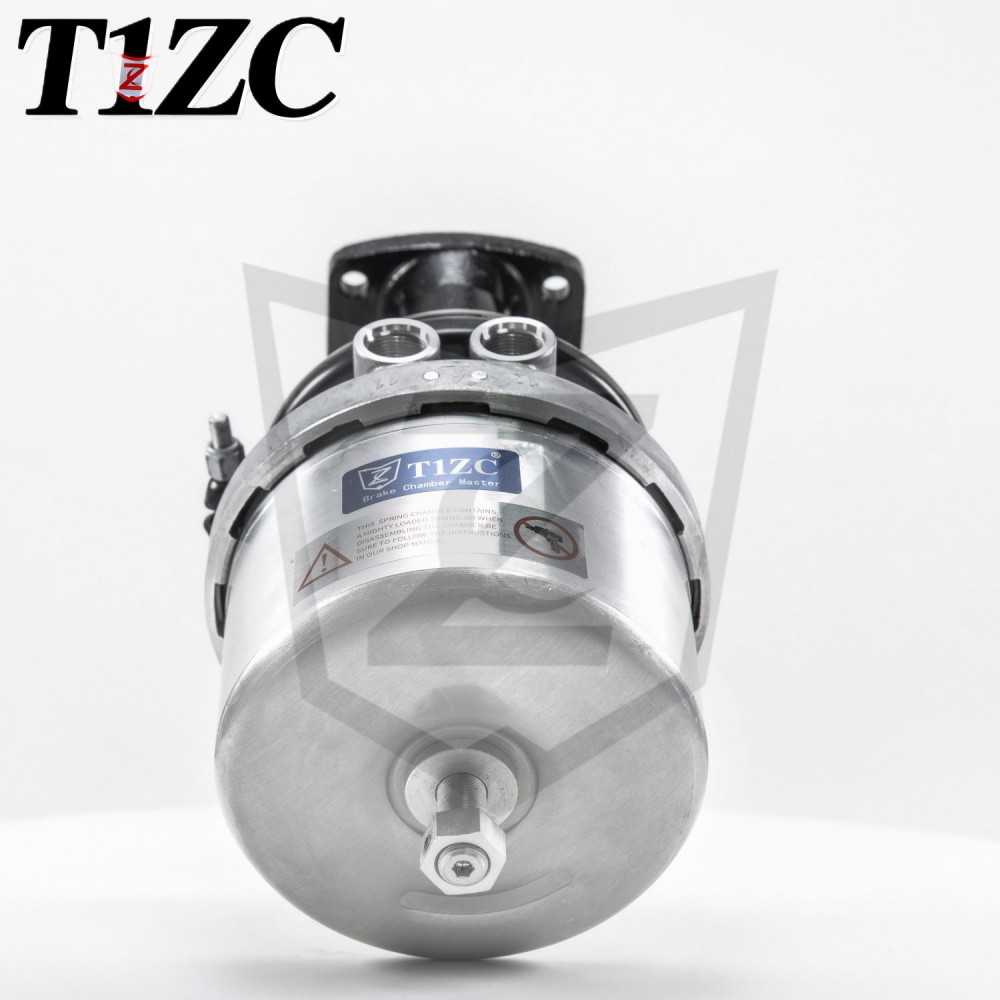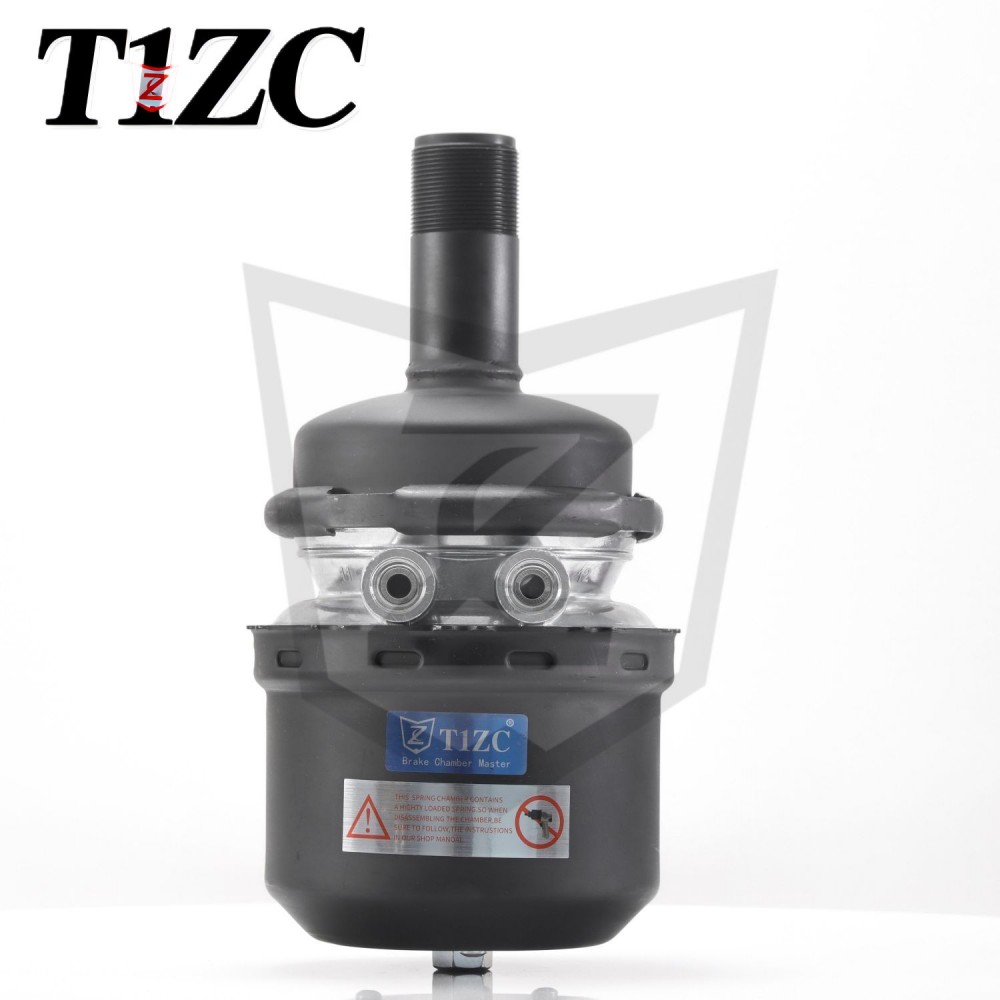What are common brake chamber failure symptoms?
Brake chambers are fundamental components of air brake systems in commercial vehicles, converting compressed air pressure into mechanical force to apply the brakes. Failure of a brake chamber can significantly compromise braking performance and vehicle safety. Recognizing the common symptoms of a failing brake chamber is essential for fleet maintenance personnel and drivers to ensure timely intervention and prevent hazardous situations.
Here are key brake chamber failure symptoms demanding immediate attention:
-
Air Leak Audible During Brake Application or Release:
-
Symptom: A distinct hissing sound emanating from the wheel area when the brake pedal is pressed or released.
-
Cause: This typically indicates a breach in the brake chamber's integrity. Common failure points include a ruptured diaphragm (the internal rubber membrane), a damaged housing, or compromised seals around the pushrod or mounting flange. Air escaping under pressure directly reduces the force available to apply the brakes.
-
-
Air Leak Audible with Brakes Released (Spring Brake Chamber):
-
Symptom: A continuous hissing sound from a wheel end when the parking/emergency brakes are fully released and the system is charged.
-
Cause: In spring brake chambers (also called combination chambers), this often points to a failure of the diaphragm in the service section or a severe housing/seal leak. Air escaping from the service port side prevents the chamber from building full pressure for service braking.
-
-
Slow Brake Release (Lagged Release):
-
Symptom: A noticeable delay in the wheel(s) releasing after the brake pedal is let go. The vehicle may feel like it's dragging or pulling slightly on one side upon acceleration after braking.
-
Cause: Internal binding of the pushrod, a damaged or weakened return spring within the chamber (especially critical in spring brake chambers), excessive corrosion, or internal damage hindering the smooth retraction of components. This can cause brake drag, overheating, and accelerated wear.
-
-
Visibly Damaged Pushrod or Abnormal Movement:
-
Symptom: The pushrod appears bent, cracked, or shows signs of excessive corrosion. It may not extend or retract fully or smoothly. Measure pushrod stroke; excessive stroke beyond the manufacturer's adjustment limit (often marked on the chamber or found in manuals) is a critical indicator of internal wear or failure.
-
Cause: Mechanical damage from impact, severe corrosion, internal component failure (like a broken diaphragm plate), or extreme wear within the chamber. Excessive stroke directly reduces braking force.
-
-
Physical Damage to the Chamber Housing:
-
Symptom: Dents, deep cracks, severe corrosion (especially around clamp bolts or mounting points), or visible fluid leaks (indicating a ruptured diaphragm leaking brake fluid-laden condensation).
-
Cause: Road debris impact, corrosion from environmental exposure, or manufacturing defects compromising the chamber's structural integrity and air-tightness.
-
-
Reduced Braking Power or Imbalance:
-
Symptom: The vehicle pulls to one side during braking, requires longer stopping distances, or the driver perceives a general lack of braking force. This may be accompanied by an audible air leak or identified during routine brake performance testing.
-
Cause: A failing brake chamber on one axle or wheel end will not apply the correct force, leading to uneven braking and reduced overall system effectiveness. This is a serious safety hazard.
-
-
Parking/Emergency Brake Malfunction (Spring Brake Chambers):
-
Symptom: Failure of the parking brake to apply or release properly. This could include the parking brakes not setting when air pressure drops, failing to release when air pressure is applied, or unintended application while driving.
-
Cause: Failure within the spring section of the combination chamber – a broken or weakened parking brake spring, a ruptured spring brake diaphragm, a stuck or broken parking brake actuator, or severe corrosion preventing spring movement. This is a critical failure requiring immediate service.
-
Consequences of Ignoring Symptoms:
Neglecting brake chamber failure symptoms can lead to:
-
Dramatically increased stopping distances.
-
Complete loss of braking function on one or more wheels.
-
Loss of parking/emergency brake function.
-
Vehicle instability and pulling during braking.
-
Overheating of brakes due to drag.
-
Violation of DOT inspection regulations (e.g., audible air leaks, excessive pushrod stroke).
-
Increased risk of accidents causing property damage, injury, or loss of life.
Action Required:
Any of the symptoms listed above necessitate immediate inspection and service by a qualified commercial vehicle technician. Brake chambers are safety-critical components. Diagnosis typically involves a thorough visual inspection, listening for leaks, measuring pushrod stroke, and often requires removing the chamber for internal examination. Replacement with a new, certified brake chamber meeting OEM specifications is the standard remedy for confirmed failure. Regular pre-trip inspections and scheduled maintenance are vital for early detection of potential brake chamber problems before they escalate into critical failures. Industry standards dictate that brake chamber condition and pushrod stroke must be checked frequently as part of routine vehicle safety inspections.


 EN
EN  English
English Português
Português
